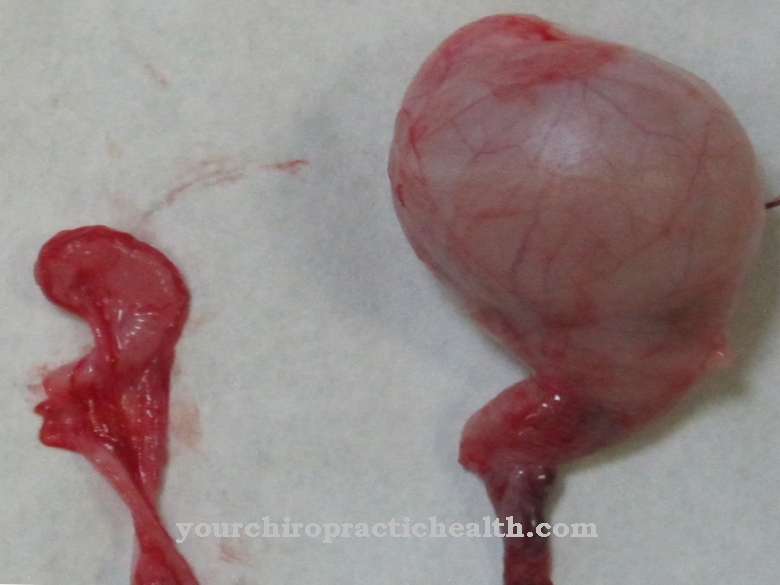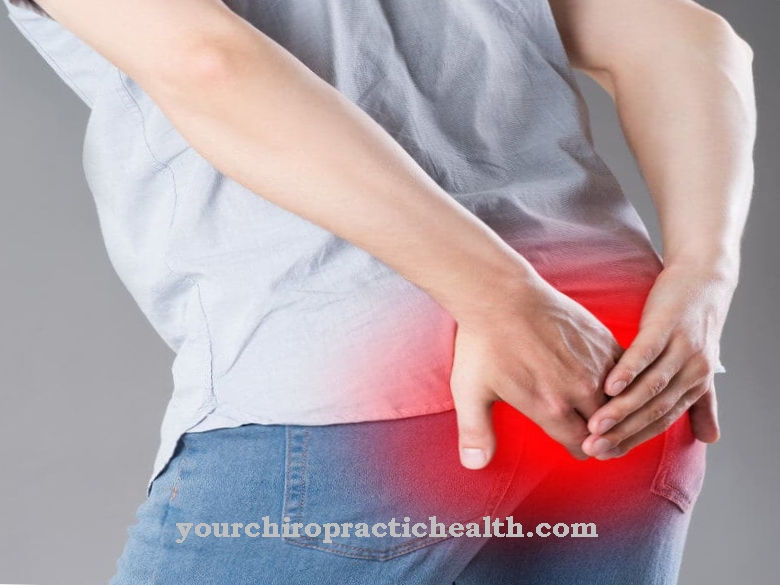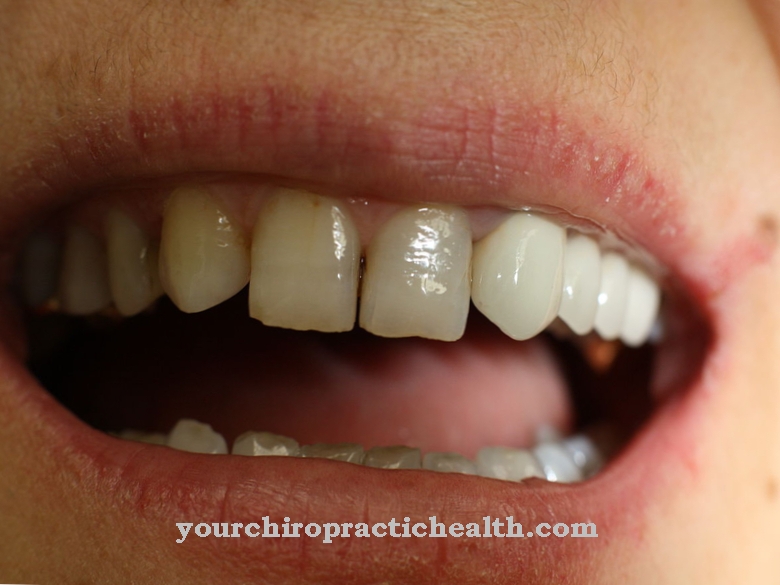The heart (Latin: Cor; Greek: Kardia) is a hollow muscular organ that maintains the blood circulation through rhythmic contractions. The organism can only survive a cardiac arrest for a few minutes.
What is the heart
The human heart is a hollow organ about the size of a fist in the chest cavity. As a pressure and suction pump, it moves blood through the body.
With a normal constitution, the heart weighs approx. 250-300 g. Its contour is usually projected slightly to the left behind the breastbone between the 2nd and 5th rib.
Anatomy & structure

The heart located within the chest cavity in the lower mediastinum. The pleural cavities are adjacent to the right and left, the esophagus behind and the thymus and breastbone in front. The heart base rests on the diaphragm.
The pericardium is a connective tissue sac that surrounds the heart and gives it sliding freedom of movement through 10-15 ml of serous fluid. The heart itself is divided into a right and left half of the heart, each with an atrium and a chamber. Between the atria and the ventricles there are leaflet valves (atrioventricular valves), at the exits of the ventricles pocket valves (right: pulmonary valve; left: aortic valve).
The wall of the heart is three-layered: the coronary vessels run in the outer epicardium, which is made up of epithelial, fatty and connective tissue. Below this is the myocardium made of cardiac muscle fibers; This is also where the complex excitation and excitation conduction system is located. Inside, the heart is lined with an endocardium made of connective tissue and endothelium.
Functions & tasks
Task of Heart is to pump deoxygenated blood through the pulmonary circulation and then the blood, which has been freshly enriched with oxygen, through the body's circulation. The blood takes the following route: it flows from the large vena cava into the right atrium, from there into the right ventricle and further into the pulmonary arteries.
After it has flowed through the lungs, the now oxygen-rich blood reaches the left atrium via the pulmonary veins. From here it continues to flow into the left ventricle and is ejected into the aorta. In order to enable these flow conditions, the atria and ventricles must contract in an offset manner. A distinction is made between a systole and a diastole in the cardiac cycle:
The ventricles contract in systole, while the closed leaflet valves prevent a return flow into the relaxed atria. During the diastole, the atria pump the blood into the relaxed chambers, the exits of which are closed by the pocket valves. The contraction of the heart is based on spontaneous electrical stimulation in the sinus account, the natural pacemaker.
The excitation spreads through the atrial myocardium to the AV node, which itself can step in as a secondary pacemaker with a lower frequency if the sinus node fails. After a time delay, the excitation reaches the ventricular muscles. The frequency and strength of the spontaneous heart contractions can be influenced by the autonomic nervous system.
In the resting state, the heart beats 50-80 times per minute and pumps approx.5 l - i.e. the entire blood volume - through the circulation. With great exertion it can even move 20-25 l per minute.
Diseases
The heart does a lot of work due to its regular contraction and therefore has a high demand for oxygen. So-called coronary artery disease, an under-oxygen supply of the heart mostly caused by arteriosclerosis, is by far the most common cause of death in industrial nations.
In the case of a heart attack in the coronary arteries, heart muscle cells are irreparably lost after just a few minutes. But not only age and an unhealthy lifestyle endanger the oxygen supply to the heart: Even in competitive athletes with enlarged hearts, the myocardium is at risk of a lack of oxygen from a heart weight of 500 g.
Cardiac arrhythmias can be congenital or acquired through previous ischemic diseases. They are very variable and differ in cause, place of origin, danger and resulting heart rate (increased: tachycardia; decreased: bradycardia). In the event of insufficiency or stenosis (narrowing) of the heart valves, these can now be replaced by artificial heart valves.
Congenital heart defects such as short circuits between the chambers are also not uncommon - they affect around 0.8% of all newborns. Cardiology deals with the entire spectrum of heart diseases.
Typical & common diseases
- Heart attack
- Pericarditis
- Heart failure
- Atrial fibrillation
- Myocarditis

.jpg)






















.jpg)



